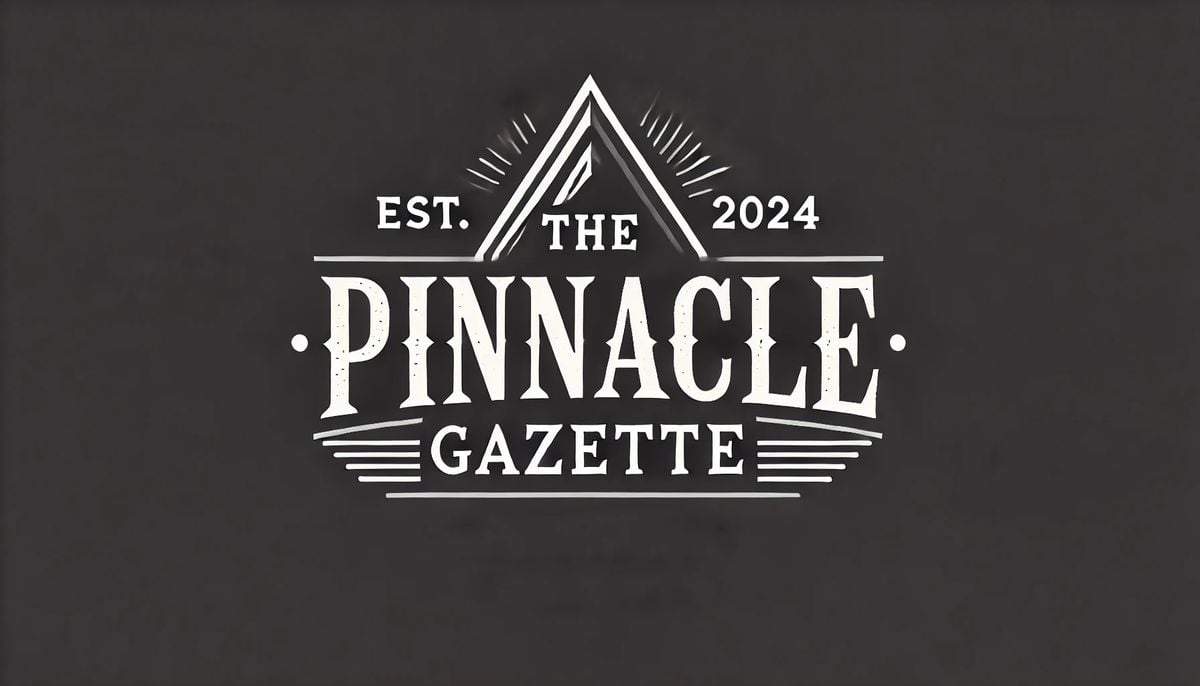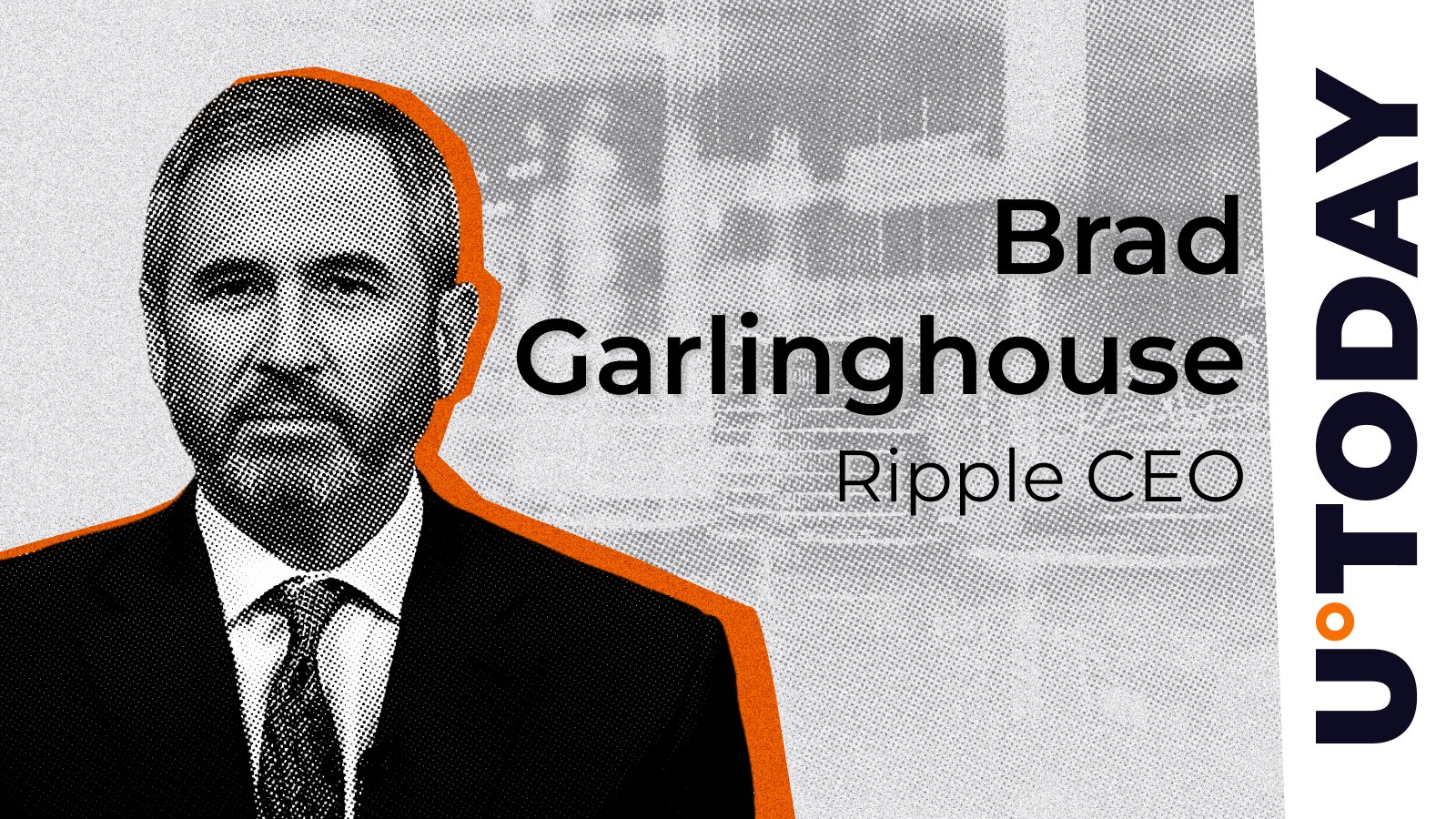
CBN seizes accounts of Baba Ijebu’s Premier Lotto, 37 others PM News Nigeria
source

On January 31, 2025, the Eurojackpot brought together millions of hopeful players across Europe, with tonight’s draw featuring a generous jackpot of 53 million euros. This draw emphasized the lottery’s exciting history, characterized by substantial payouts and thrilling moments for winners.
Previously, the Eurojackpot reached its maximum potential of 120 million euros multiple times during 2024. Notable wins included participants from Norway and Germany, who claimed 60 million euros each. Most recently, the 31-year-old from Bochum, Germany, and another tipster from Rheinland-Pfalz shared 120 million euros during the December 2024 draw. Likewise, the April 2024 draw was shared by winners from Nordrhein-Westfalen and Slovenia.
Every Tuesday and Friday at 8 PM, the Eurojackpot draws take place in Helsinki, creating suspense among players. On January 31, 2025, the winning numbers were drawn: 1, 23, 32, 42, 47, with the Euro numbers being 4 and 11. All results are provided without guarantee, as subsequent verification is performed through official channels.
The cost of participating is quite reasonable, with each ticket requiring only 2 euros plus any applicable processing fees from local lottery organizations. Depending on their location within Germany, the deadline for ticket purchases can vary. For example, the cutoff for receiving tickets is typically at 19:00 on draw days, but regional differences mean it could be earlier.
When it concerns the probability of winning, the Eurojackpot paints quite the picture. The odds of correctly choosing all five main numbers along with the two Euro numbers stands at 1 in 140 million. Despite such odds, millions across Europe continue to buy tickets each week, driven by hope and excitement for the next big win.
The Eurojackpot is not only limited to Germany; it includes participation from 18 European countries, including Denmark, Finland, Italy, and more. Each week, these countries contribute to the rising jackpot, enriching the possibility for players to achieve life-changing wins.
Also highlighting the game’s appeal are statistics about frequently drawn numbers: 49, 20, and 34 are among the most commonly chosen, whereas numbers like 27, 48, and 50 tend to be less frequent.
Gambling, including participating in the Eurojackpot, carries potential addiction risks. Various resources are available for individuals concerned about gambling addiction, including support services from the Federal Centre for Health Education (BZgA). They provide confidential help for anyone noticing symptoms of gambling addiction.
With this latest draw, the thrill continues. Players await results, not just for potential wealth but for the shared excitement of participating as part of the European community, united by the prospect of winning big.
We’ve launched what we proudly call the “Intelligent Journalism” era: a bold approach to journalism that prioritizes verifiable facts, eliminates unnecessary fluff, restores the rigor of classic journalistic principles, and delivers news in a clear, compelling format—all powered by our innovative AI algorithms.
Support Intelligent Journalism with a tip to help us understand the stories you love most, so we can bring you more of what matters!
We always aim for accuracy, but we recognize that errors can occasionally slip through. We value your feedback and are committed to making corrections whenever needed. If you spot a factual mistake in our stories, please let us know, and we’ll address it promptly.
Please use this feedback form solely for reporting factual errors, rather than for sharing personal opinions. We appreciate your help in keeping our content accurate and reliable.
We always strive for thorough and accurate reporting, and we value any verified information that can help us better understand the stories we cover. If you have relevant knowledge, insights, or evidence related to a news piece we’ve reported, we encourage you to share it with us. Please remember that we require credible proof or documentation to ensure the integrity of our journalism.
When submitting your tip, explain your connection to the case and provide verifiable evidence. This can include links to documents, photographs, recordings, or other supporting materials, as long as they are securely hosted on reputable cloud-based platforms like Google Drive or Dropbox. We cannot accept direct uploads. Please include your contact information (email and phone number) if you would like us to follow up with you regarding your tip. Our editorial team will review your submission, and if necessary, we will reach out for more information. Your help plays a crucial role in helping us deliver accurate, reliable news to the public.
THE PINNACLE GAZETTE, a platform established by Bayesian Tinkering Labs LLC, is your premier source for the latest news across a diverse array of topics. Our website offers comprehensive coverage on science, technology, current events, art, and sports, ensuring that you stay informed and gain fresh perspectives.

Call us at : 011 4106 5208 / +91-7011197831
The Directorate of Kerala Lotteries announces the official Fifty-Fifty FF132 Kerala Lottery Result for today, Sunday, March 12, 2025. The Fifty-Fifty Lottery FF-132 result may be seen, searched for, downloaded, and printed here. All Fifty Fifty Lottery FF 132 Results will be released live on the www.keralalotteriesresults.in website today at 3 p.m. Check out the Fifty Fifty Lottery FF.132 Results below.
Thiruvananthapuram: The much-anticipated Kerala State Lottery Fifty-Fifty FF-132 Draw is taking place today, March 12, 2025, at Gorky Bhavan, near Bakery Junction, Thiruvananthapuram. The live draw commenced at 2:55 PM, and the official results will be available from 3:55 PM onwards.
The Fifty-Fifty Lottery is known for its grand prize of ₹1 crore, offering participants a golden chance to transform their fortunes. Below is the breakdown of today’s prize structure:
Venue: Gorky Bhavan, Near Bakery Junction, Thiruvananthapuram
Winners should submit their tickets to the Kerala State Lottery Department within 30 days from the draw date. Prizes above ₹10,000 require verification at a lottery office along with valid ID proof.
Stay tuned for the latest updates!
Business Connect is proud to share that our influence now spans across 81 countries worldwide, reaching an extensive viewership of 10.5 millions. In this rapidly growing digital realm, our platform has firmly established ourselves among the world’s top-tier business magazines.
[email protected]
011 4106 5208 / +91-7011197831
701, Vishwa Sadan Building, Janakpuri District Center, Delhi – 110058
© 2024 All Rights Reserved by Business Connect India

Premium mixer brand Thomas Henry is bringing out a watermelon flavour as it looks to capitalise on daytime drinking occasions.
Since its launch 15 years ago, Thomas Henry has grown into a category leader for premium mixers, and as an industry leader it continues to reinvent itself to stay ahead of the pack. The brand was founded by bartenders for bartenders, and everything is developed together with bartenders.
However, discussing innovation and how it plans to maintain its relevancy, senior international brand manager Marco Frizzarin, says there is a push to “stay young” and this means “appealing to pure consumption”, rather than just mixability.
“There are trends where people drink lower-strength alcohol, and sometimes with the younger generation, no alcohol at all, so we have to reinvent ourselves in that sense and innovate to work in that kind of field.
“In terms of the regular products, or the regular range, we try to think when we are developing and innovating about what can be something that brings our brand more into the daytime occasion, because people drink less in the night as well, and they also start to drink more during the daytime.”
Responding to this circumstance, or how the brand can be “a bit more daytime”, Frizzarin notes this month’s upcoming release of Vivid Watermelon.
The product is made with watermelon flavour and real fruit juice. As such, it’s primed for summer serves like a Highball or Spritz, or even as a standalone option.
He explains that the watermelon flavour helps Thomas Henry tap into summer daytime occasions and the low-ABV trend, as well as no-ABV. “This is one thing that we’re doing – looking at different trends in the industry. With watermelon, it’s an innovation because it’s the first watermelon premium mixer that was ever launched by any kind of mixer brand. It’s a category innovation, I would say.
“So one thing in terms of innovation is to try to do a category innovation in our core range, which is the premium mixes, and watermelon is serving us here to do that.”
Category innovator
Also making headway in the daytime occasion sphere is the espresso and tonic trend, which Frizzarin says is becoming increasingly prevalent in South and Eastern Europe.
Thomas Henry released its Coffee Tonic in 2018, which he says was actually “way too early to the party” even though the reception was good, so the brand discontinued it.
The product has found relevancy again though, as the espresso trend gains steam in many of its key markets: Poland, Czech Republic, Greece, Croatia, Slovenia, Bulgaria and Romania.
“There are a lot of people and a lot of coffee places offering espressos with tonics mixed in, but not only tonics, it is espresso tonic, espresso ginger ale, espresso and bitter lemon. I know that Starbucks in Central Europe, in Germany has one on the menu. In some markets, espresso with our Pink Grapefruit is also going really well. There has been no mixer other than ours, or no mixer brand that has ever done this.
“So we’re developing in this direction. To see what are the possibilities here and what I try to see is how we can combine this also with our brands that are known for bar lifestyle and coming out of the bar scene, and try to basically broaden both the consumer and occasion base.”
First-to-market flavours
While Frizzarin can’t delve too far into the development side of things, he notes that “flavour is not just flavour anymore” and that while one can still try to launch lots of different products, “it has to be something that wasn’t there anymore”.
“If you want to keep updating the regular range, without having an additional functional benefit, there should at least be innovation as a ‘category innovator’ in mixers, in the sense of having a flavour profile that somebody else doesn’t have. And that’s what we’re doing with watermelon, for example, and also what we did with Mystic Mango and Pink Grapefruit.
“We were one of the first first pink grapefruit mixers in the market, and we’re crazily benefiting from it because we offered something that others didn’t have. Mango was never a thing to be in a mixer, and we launched it now last year, and received a Master medal at The Tonic and Mixers Masters 2024 competition.
He continues that these products are “becoming a door opener” for Thomas Henry, because “if you have something that others don’t have, you can go into a bar and say ‘okay, you have 10 Schweppes flavours, or you have 10 Fever-Tree flavours, but you don’t have this flavour from them, because they don’t offer it. Let us at least get in with that one flavour’.
“So it’s simple innovation in a way, because it’s just category innovation, but it can also help a lot in making business or getting a foot into the door of new other opportunities then.”
The underlying idea is that it has to make sense and fit the Thomas Henry brand, Frizzarin says to sum up.
“It can help us to promote Thomas Henry being a mixer that people can rely on, but at the same time not undermining the bartender, who is the most important person in our universe.”
Related news
Top 10 award-winning tonics and mixers
Ten award-winning tonics and mixers
The trends leading tonics and mixers
© 2025 Union Press Ltd | Wigglesworth House, Fourth Floor, 69 Southwark Bridge Road, London, SE1 9HH, UK Tel: +44 (0)20 7803 2420
Registered in England and Wales No. 03606414
Site by Redwire
It looks like you’re in Asia, would you like to be redirected to the Drinks Business Asia edition?
Yes, take me to the Asia edition No
We are using cookies to give you the best experience on our website.
You can find out more about which cookies we are using or switch them off in .
This website uses cookies so that we can provide you with the best user experience possible. Cookie information is stored in your browser and performs functions such as recognising you when you return to our website and helping our team to understand which sections of the website you find most interesting and useful.
Strictly Necessary Cookie should be enabled at all times so that we can save your preferences for cookie settings.
If you disable this cookie, we will not be able to save your preferences. This means that every time you visit this website you will need to enable or disable cookies again.

Manage your account
…
The NFL offseason kicks into gear as the calendar moves toward the middle of March, and the rubber will finally meet the road for the San Francisco 49ers with some of their biggest offseason decisions.
Here's a rundown of the key offseason dates fast approaching and what each means for the 49ers:
What happens: The legal negotiating window opens for players who are slated for free agency. At 9:00am Pacific Time, unrestricted free agents are allowed to begin talking and negotiating contracts with new teams. New contracts can't be official until the new league year opens.
What it means for 49ers: San Francisco has 21 players who will be unrestricted free agents. The name that matters here is Dre Greenlaw since this will be his chance to explore the free agent market and set a price in negotiations to potentially return to the 49ers.
What happens: The 2025 NFL league year officially opens at 1:00pm Pacific Time. This is when new contracts can be officially signed and trades can be officially executed.
What it means for 49ers: The Deebo Samuel trade will become official at this point, and any players they have agreed to new contracts with can sign.
What happens: This is the deadline for restricted free agents to sign offer sheets with new teams.
What it means for 49ers: Running back Jordan Mason is a restricted free agent who will likely receive some kind of RFA tender from San Francisco. They'll have a tough decision to make on his future if he signs an offer sheet with another club. Linebacker Curtis Robinson is also an RFA, though the decisions won't be as complicated with him.
What happens: This is the deadline for teams to make a decision on any RFAs they've tendered.
What it means for 49ers: If Mason and/or Robinson get tendered and then sign an offer sheet with a new team, this is the day San Francisco will officially have to either match the offer sheet or let the player join their new team.
This article originally appeared on Niners Wire: Key NFL free agency dates and what they mean for 49ers

Search
Podcasts
Follow
The recent developments at City Developments Limited (CDL) have brought to light some interesting questions about the company’s leadership. Ben Paul, senior correspondent, The Business Times, unpacks what it all means to investors in the latest episode of his podcast – Mark to Market.
Recent drama
In April 2025, as the corporate world enters the thick of AGM season, CDL’s upcoming AGM on April 23, is anticipated to be particularly eventful due to recent internal conflicts within its board.
The focal point of the drama is a power struggle between CDL’s executive chairman, Kwek Leng Beng, and his son, Sherman Kwek, the group’s CEO. The struggle came to light dramatically on February 26, 2025, when Kwek Leng Beng accused his son of orchestrating a boardroom coup, – alleging that new independent directors were appointed without proper procedures.
Conversely, Sherman Kwek highlighted the interference of Catherine Wu, a Kwek Leng Beng advisor, whose advisory role was terminated due to her alleged overreach.
Corporate governance as impetus
Start and end each day with the latest news stories and analyses delivered straight to your inbox.
The boardroom tussle points to larger issues of corporate governance within CDL, a family-controlled company. Both father and son claim their actions are in the interest of good governance, emphasising transparency and accountability.
Yet, the public focus has largely been on their personal conflict, overshadowing the bigger governance questions.
Shareholder value
The situation reached a temporary resolution on March 12, 2025, when Kwek Leng Beng decided to drop legal action related to the contested appointments. Despite this public display of reconciliation, skepticism remains about the board’s unity and its implications for CDL’s corporate governance.
Paul explores key concerns for minority investors including the robustness of CDL’s governance practices and whether the company can deliver shareholder value amidst internal disruptions.
Singapore’s Code of Corporate Governance
Paul provides historical context on corporate governance, noting how the concept evolved, particularly emphasising the Cadbury report of 1992 and Singapore’s Code of Corporate Governance introduced in 2003.
Paul underscores that regulatory bodies in Singapore are unlikely to intervene directly, as the authority to appoint directors rests with the board.
Unlocking value
He acknowledges that family control, like that seen at CDL, isn’t inherently negative if it delivers returns. However, given the recent tumultuous events, Paul suggests investors scrutinise the company’s decisions more closely at the upcoming AGM.
Ultimately, the company’s leadership must send a clear message at its April AGM about its commitment to good governance and financial performance. Paul suggests the upcoming AGM will be an opportunity for CDL to address these issues and strengthen investor confidence.
Listen now to this deep dive analysis ahead of CDL’s AGM.
Mark to Market is a podcast of BT Correspondents. Look out for the next episode featuring wealth editor, Genevieve Cua. And if you have any thoughts or questions, feel free to reach out to us at btpodcasts@sph.com.sg.
Written and hosted by: Ben Paul (benpaul@sph.com.sg)
Edited by: Howie Lim & Claressa Monteiro
Produced by: Ben Paul, Howie Lim & Chai Pei Chieh
A podcast by BT Podcasts, The Business Times, SPH Media
—
Follow BT Correspondents:
Channel: bt.sg/btcobt
Amazon: bt.sg/btcoam
Apple Podcasts: bt.sg/btcoap
Spotify: bt.sg/btcosp
YouTube Music: bt.sg/btcoyt
Website: bt.sg/btcorresp
Do note: This podcast is meant to provide general information only. SPH Media accepts no liability for loss arising from any reliance on the podcast or use of third party’s products and services. Please consult professional advisors for independent advice.
—
Discover more BT podcast series:
BT Money Hacks: bt.sg/btmoneyhacks
BT Podcasts: bt.sg/pcOM
BT Market Focus: bt.sg/btmktfocus
BT Branded Podcasts: bt.sg/brpod
BT Lens On: bt.sg/btlenson
Copyright SPH Media. All rights reserved.
Apr 03, 2025 05:46 PM
Apr 02, 2025 05:45 PM
Apr 01, 2025 05:45 PM
Mar 31, 2025 05:00 AM
Mar 28, 2025 05:45 PM
Mar 27, 2025 05:45 PM
Mar 26, 2025 05:46 PM
Mar 25, 2025 05:46 PM
MDDI (P) 046/10/2024. Published by SPH Media Limited, Co. Regn. No. 202120748H. Copyright © 2025 SPH Media Limited. All rights reserved.

Ripple CEO Brad Garlinghouse recently took to the X social media network to highlight a recent report by the National Cryptocurrency Association (NCA) showing that a whopping 21% of Americans own crypto.
Moreover, the vast majority of US crypto owners (76%) claim that crypto has had a positive impact on their lives.
“That’s why orgs like the NCA are so important – spotlighting the practical, everyday use cases possible through crypto,” Garlinghouse said.
To no one’s surprise, the survey shows that crypto ownership tends to skew young and male. Nearly 70% of digital asset holders are men. The typical professions are in such sectors as technology, construction, and finance.
American millennials account for more than half of crypto users. Only 15% of them are above the age of 55.
A geographic breakdown shows that crypto enjoys the biggest popularity in the conservative southern region of the U.S (39%). The Midwest has the lowest share of crypto owners (17%).
A surprisingly high percentage of owners (39%) have used digital assets for shopping purposes. Investing, however, remains the most popular use case for crypto by a large margin (52%). A small share of crypto owners (15%) have used cryptocurrencies for purchasing property and real estate.
The NCA comes after the U.S. swiftly moved to embrace the cryptocurrency industry. The government recently moved to set up a cryptocurrency reserve in a trailblazing move.
The survey has found that 73% of American cryptocurrency owners want the U.S. to become a global leader in crypto.
Last month, Garlinghouse told Fox News that the U.S. was finally “unlocked” after previously claiming that the country was lagging behind a slew of crypto-friendly jurisdictions.
Disclaimer: The opinions expressed here are not investment advice; they are provided for informational purposes only. The opinions expressed by our writers are their own and do not represent the views of U.Today. Every investment and all trading involves risk, so you should always perform your own research prior to making decisions. U.Today is not liable for any financial losses incurred while trading cryptocurrencies. We do not recommend investing money you cannot afford to lose.

Global site navigation
Local editions
PAY ATTENTION: You can save a live of girl at risk. Donate to Legit Charity on Patreon. Your support matters!
A young lady has gone online to share how she is keeping up hope despite going through a very rough patch in life.
In a TikTok video, she revealed that after working three years in an Arab country, she returned to a roadside job as a Baba Ijebu (lottery) agent.
During the clip, the lady could be seen working on a lottery machine as she danced. She stated that despite everything that she is going through, she is grateful for life.
Read also
“Hustle na your mate?” Pretty curvy Oyinbo lady captured hawking walnut in Lagos traffic, video goes viral
PAY ATTENTION: Subscribe to Digital Talk newsletter to receive must-know business stories and succeed BIG!
Many people thronged her comment section to praise her strong spirit. There were some who said that they are going through the same situation.
Watch the clip below:
Legit.ng compiled some of the reactions below:
@Gold.bless said:
mercy said:
yourvillagepeople2 said:
oladejodasola said:
@oluwaseunfunmilayo said:
Read also
“Them too dey do oversabi”: Female bouncer kits up, dances in video, many people react
alataniyoadenikeo said:
qweenfaithsmith said:
Meanwhile, Legit.ng earlier reported that a young Nigerian lady who does not hide the fact that she sells smoked fish in her online videos made a clip where she voiced her dream with faith.
In the video, the lady told those who think she cannot make it with her fish business:
As she danced where she was smoking fish, other women in the background kept looking at her. Many people asked her to work hard as nothing is impossible to achieve.
Source: Legit.ng
Joseph Omotayo (HOD Human-Interest) Joseph Omotayo has been writing for the human interest desk since 2019 and is currently the head of the desk. He graduated from Obafemi Awolowo University, Ile-Ife, with a degree in Literature in English in 2016. He once worked for Afridiaspora, OlisaTV & CLR. He is a 2022/2023 Kwame Karikari Fact-Checking fellow. He can be reached via: joseph.omotayo@corp.legit.ng.
Recommended for you
Check more articles for you

GOIL CEO to Speak at Accra Investor Briefing as Ghana Targets Enhanced Fuel Security African Energy Chamber
source